Ask a coach: 'What’s the ideal heart rate range during a 100km / 60-mile ride?'
Are you looking to blast it just as fast as you can? Or is this part of an endurance focused build up? We explain what BPM range is best for helping you achieve your goals
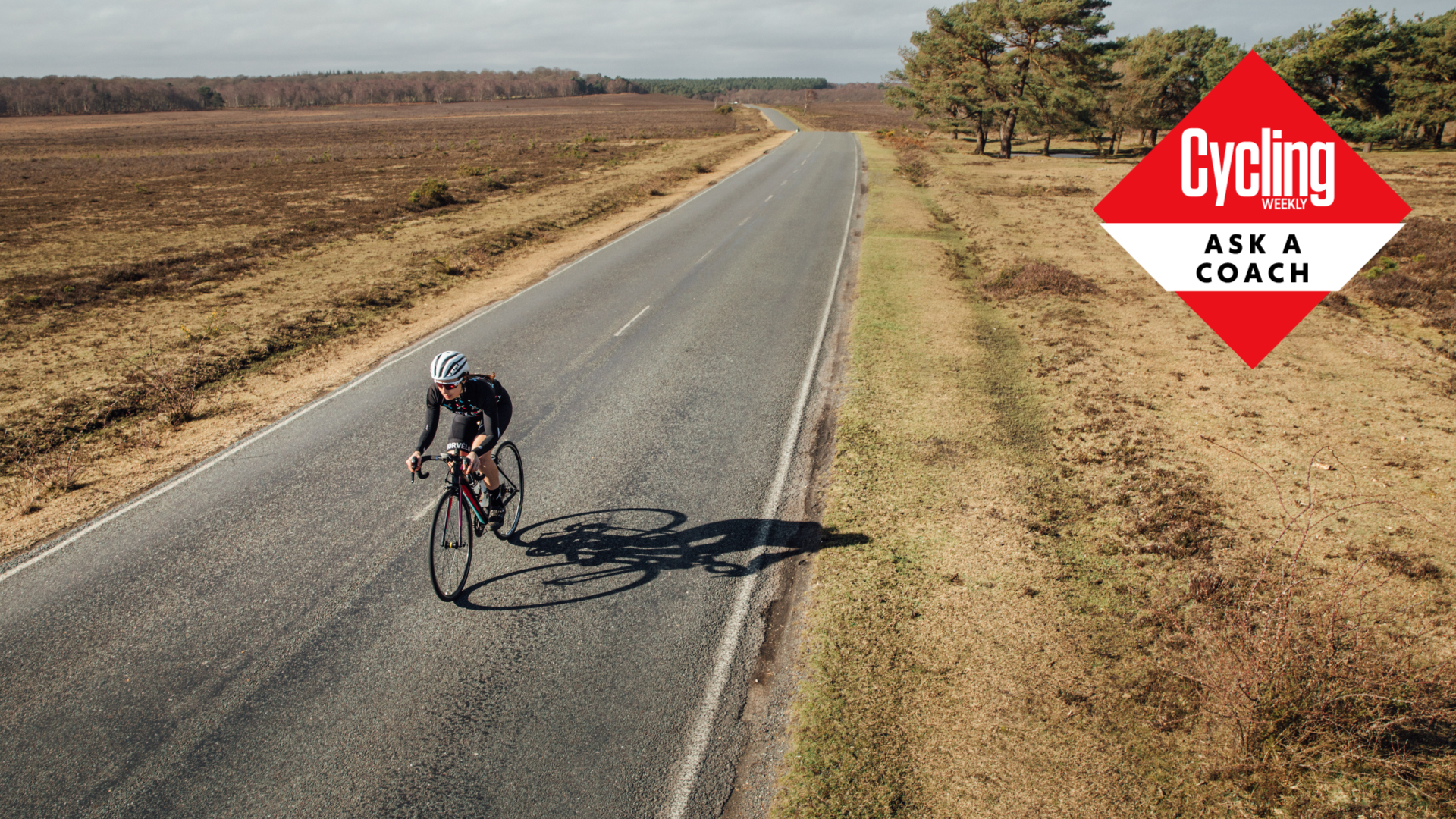

In this age of online training plans and workouts, do you ever find yourself with a burning question you’d like to directly ask a cycling coach? Well, now is your chance to ask away! In this series, we’ll be putting your questions to expert coaches – send them in at anna.abram@futurenet.com.
What’s the ideal heart rate range during a 100km / 60-mile ride? The first thing to consider when answering this question is: What is the goal of the ride? Is it to complete the ride as quickly as possible? Or is it as part of an endurance build towards your first 100 mile ride or long sportive?

Sports scientist and coach James Spragg is one of the experts who will be answering your questions in Cycling Weekly's ASK A CYCLING COACH series which comes out every Wednesday. Working both in research and applied settings, he currently runs Intercept Performance Consultancy.
The intention behind the ride has a large bearing on what the ideal heart rate will be. We’ll explain the nuances and what range you should be aiming for a little further down. Just for now, let’s quickly go over the background you need to know.
The best heart rate monitors are incredibly useful for ensuring intervals or a whole ride is ridden at the correct intensity. This can allow you to pace yourself effectively to achieve your best results, or it can be used to keep yourself within specific cycling training zones as part of a wider training plan, that balances intensity with effective recovery after training as you work towards a specific goal.
The relationship between heart rate (HR) and exercise intensity is linear – this means that as we go harder, we see a rise in HR until we reach our max HR… and then we can only carry on for a few more minutes.
However, other responses to exercise intensity aren’t linear. The physical response to exercise can instead be split up into three bands of intensity – physiologists call these exercise intensity domains.
Each domain has a specific set of responses. In the easiest domain, known as the 'moderate domain' blood lactate levels remain at baseline levels and breathing is controlled; so long as you keep eating you can sustain this intensity for more than five hours.
Get The Leadout Newsletter
The latest race content, interviews, features, reviews and expert buying guides, direct to your inbox!
In the second domain, known as the 'heavy' domain, blood lactate and breathing rates are elevated but remain stable; you can exercise in this domain for up to around three hours.
Finally, in the third domain, known as the 'severe' domain, both breathing rates and blood lactate will rise even if you keep exercising at the same intensity that is until you are no longer capable of carrying on, the longest you can keep going in this domain is around 30 to 45 minutes.
Luckily, there are some nice easy ways (other than a lab test) to determine the range of HRs that make up each exercise intensity domain. The border between the moderate and heavy domains - the first threshold - is where you can no longer speak continuously without pausing for breath.
The border between the heavy and severe domains, the second threshold, is your threshold HR; average HR in a 25 mile TT is a great way to determine this.
Riding 100km fast
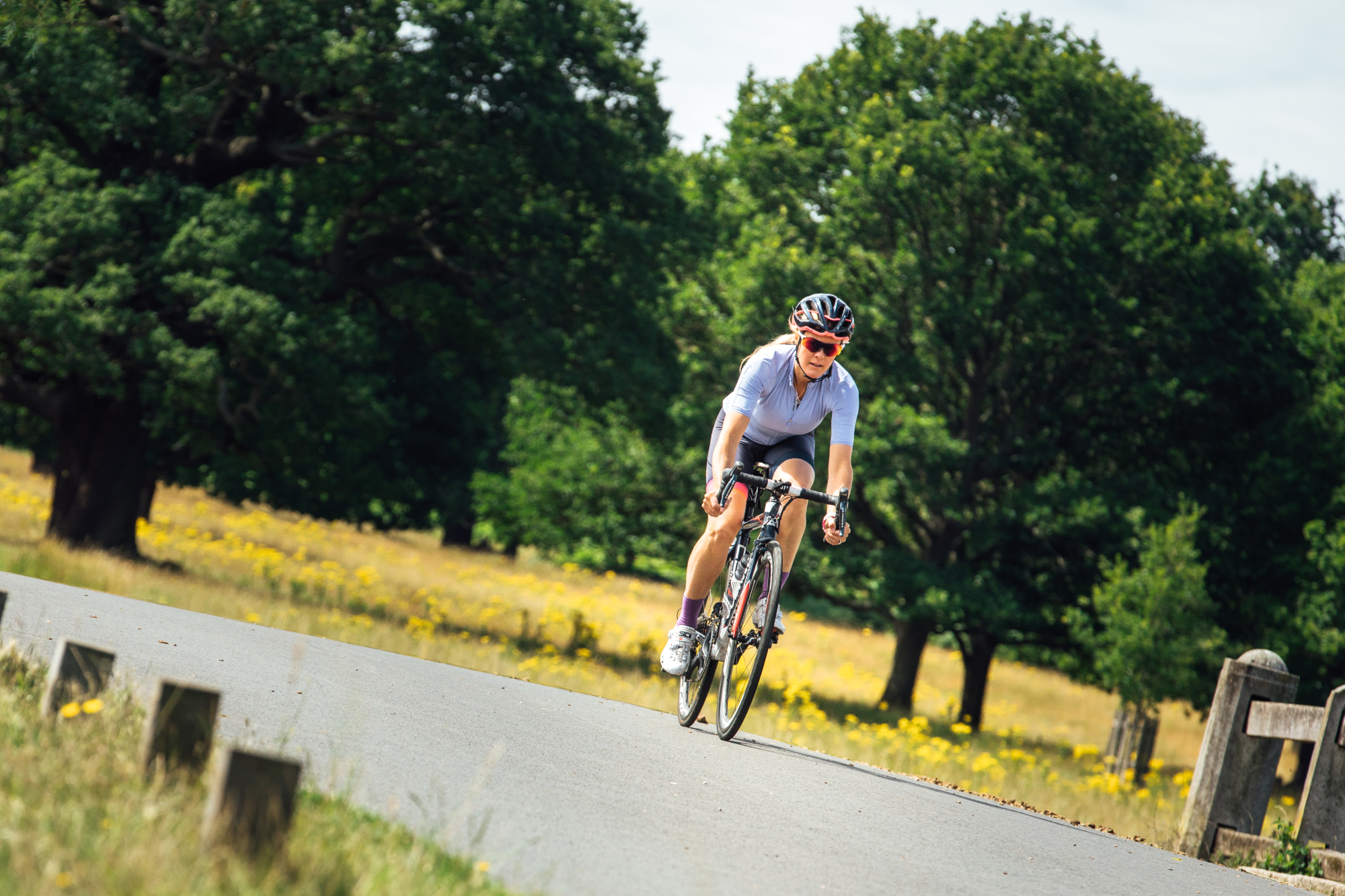
If you are looking to maximise performance over 100km, then you need to ride at an intensity you can sustain for 100km. This will be in the heavy domain. Your heart rate will need to be somewhere between the first and second thresholds throughout the ride. At first glance this may seem like quite a range; however, to minimise the time taken to ride 100km you may well need to vary your pacing.
During an effort, it is more efficient if we push during the slower sections (hills and headwinds) and ease back on the faster sections (descents and tailwinds).
To maximise your performance during a 100km ride, I would suggest always staying between the first and second thresholds but being at the higher end of that range in the harder sections and the lower end of that range during the easier sections.
100km training rides
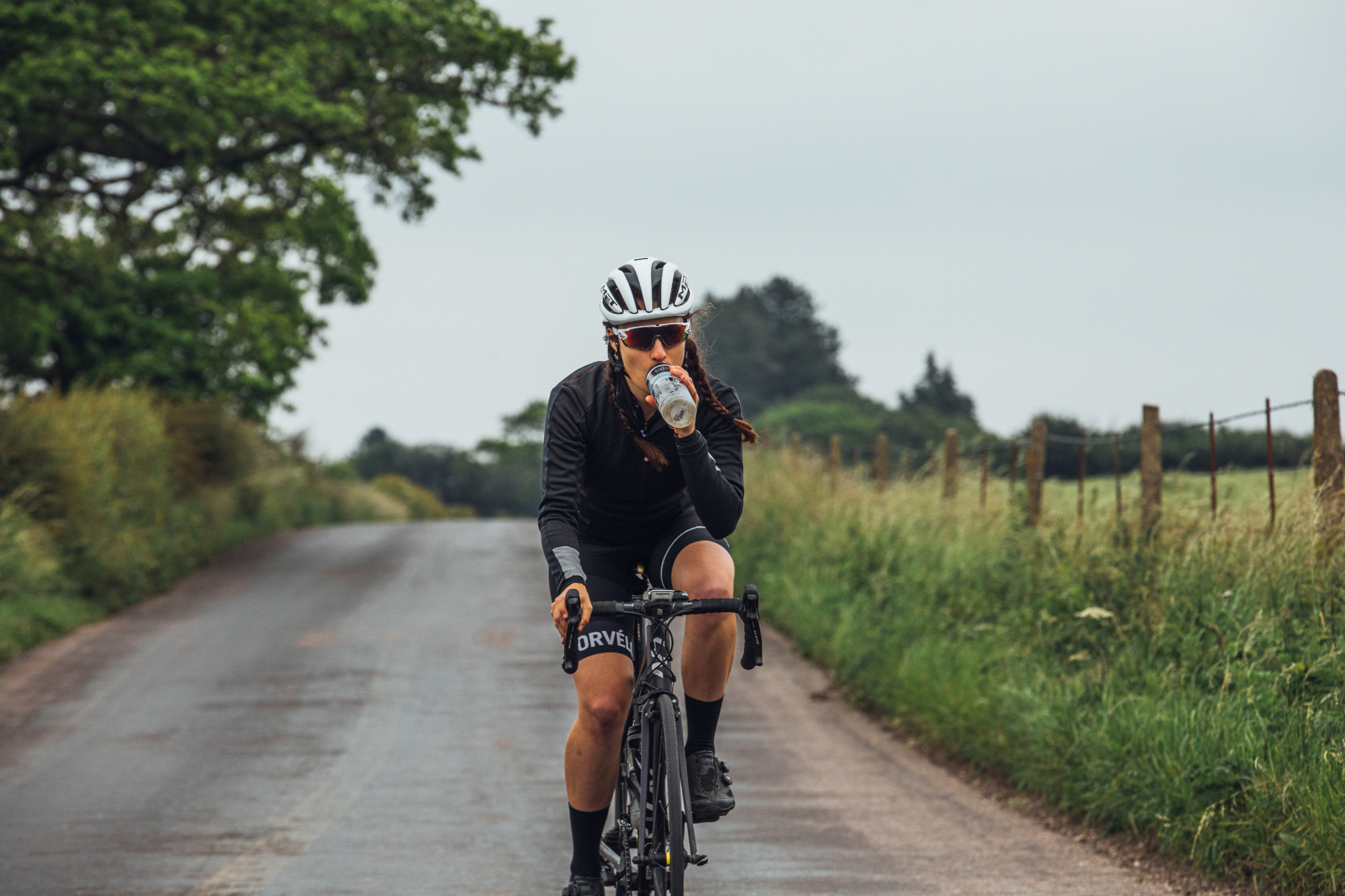
Let’s now look at how we might approach a 100km ride if we wanted to maximise endurance adaptations.
Whenever we choose to do a specific training session, we should ask ourselves; what is special about that session? The key differentiator between a long 100km ride and a short interval session is the duration; but what is so special about exercise duration?
Adaptations to exercise can be broadly divided into two areas: how much oxygen can you deliver to the leg muscles – these are known as central adaptions. And how much power can the leg muscles produce with that oxygen – these are known as peripheral adaptations.
Again (very) broadly speaking intense exercise typically promotes peripheral adaptations whereas longer duration exercise promotes central adaptations.
One incredibly important central adaptation is the number of small blood vessels, known as capillaries, you have in the leg muscles. The more capillaries the easier oxygen can be delivered from the blood into the muscles. Interestingly, the stimulus to grow more capillaries doesn’t seem to be increased if we exercise harder. It is instead influenced by the duration of exercise.
That means that we get the same amount of benefit, in terms of capillarization at least, from an easy 100km as a hard 100km. Therefore, it makes sense to keep the longer rides easy and save some energy for the harder rides where you are targeting those peripheral adaptations.
What you eat and drink before, during and after a big ride is also key, so be sure to check out our guide on how to fuel for long distance rides here.
So, if you are looking to maximise endurance adaptations in a 100km ride my advice would be to keep it nice and easy (in the moderate domain) at an intensity by which you can easily hold a conversation. Not only does this mean that you are getting the stimulus you are after without making yourself too tired, but it also means you can chat to your mates - speeding along with others is enjoyable, but there are also a few basics you need to know which you can find in our guide on how to cycle in a group here.

Thank you for reading 20 articles this month* Join now for unlimited access
Enjoy your first month for just £1 / $1 / €1
*Read 5 free articles per month without a subscription

Join now for unlimited access
Try first month for just £1 / $1 / €1
James Spragg is a sports scientist and coach, working both in research and applied settings. When not working with athletes James can be found skiing, climbing, cycling or drinking coffee!
Alongside Dan Lorang and Peter Leo, James runs Intercept Performance Consultancy. Over the last 8 years in various roles, as coaches, performance consultants, performance managers, and sports scientists, Dan, James and Peter have played a role in helping athletes achieve more than 10 World Championship titles, several Olympics medals (including a Gold and Silver Medal in Tokyo 2020) and several Top 5 results in some of the biggest sporting events on the planet (Tour de France, Olympics, World and European Championships). Our single focus is on improving performance in all settings.
-
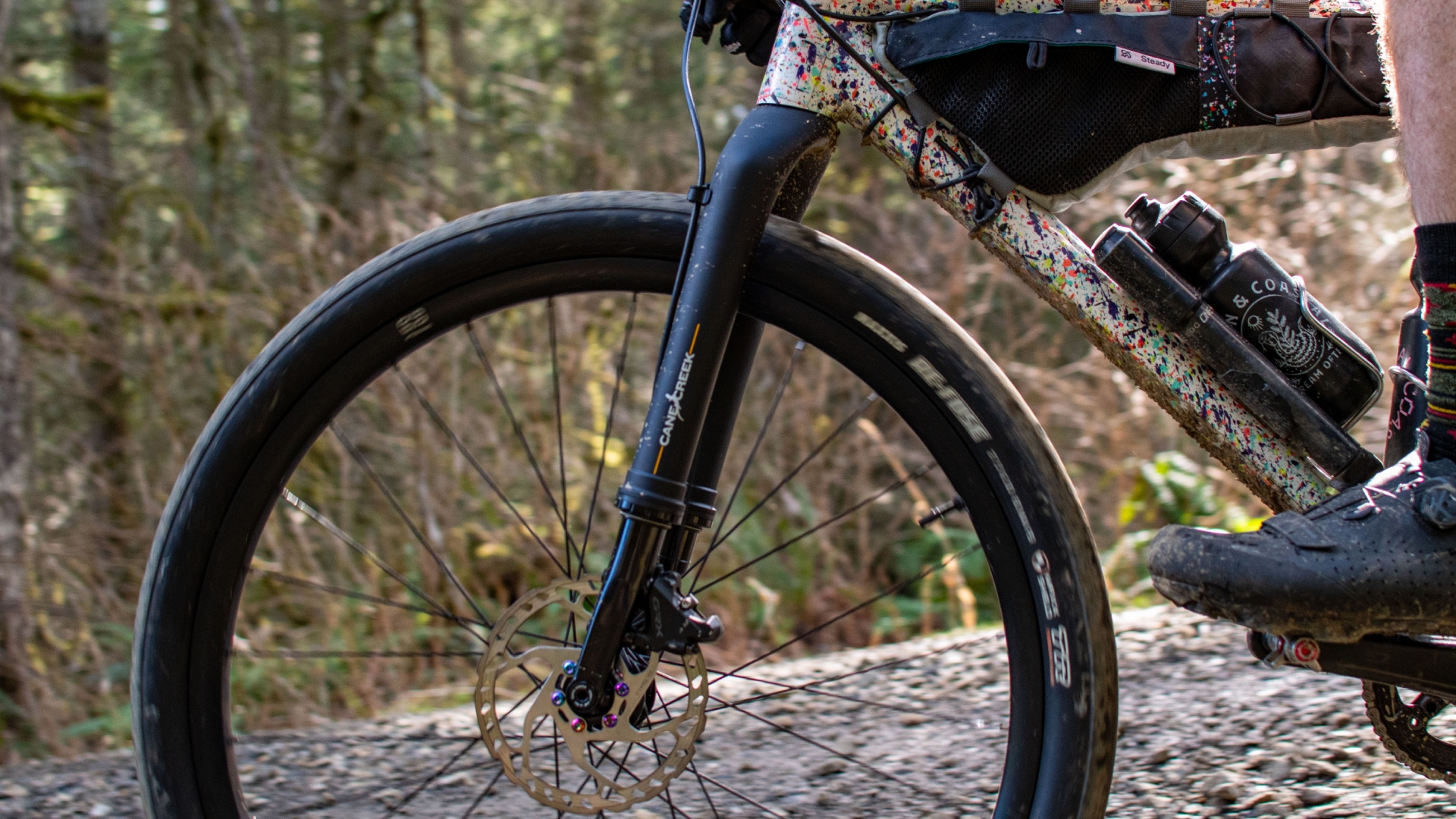 Review: Cane Creek says it made the world’s first gravel fork — but what is a gravel fork, and how does it ride?
Review: Cane Creek says it made the world’s first gravel fork — but what is a gravel fork, and how does it ride?Cane Creek claims its new fork covers the gravel category better than the mini MTB forks from RockShox and Fox, but at this price, we expected more.
By Charlie Kohlmeier
-
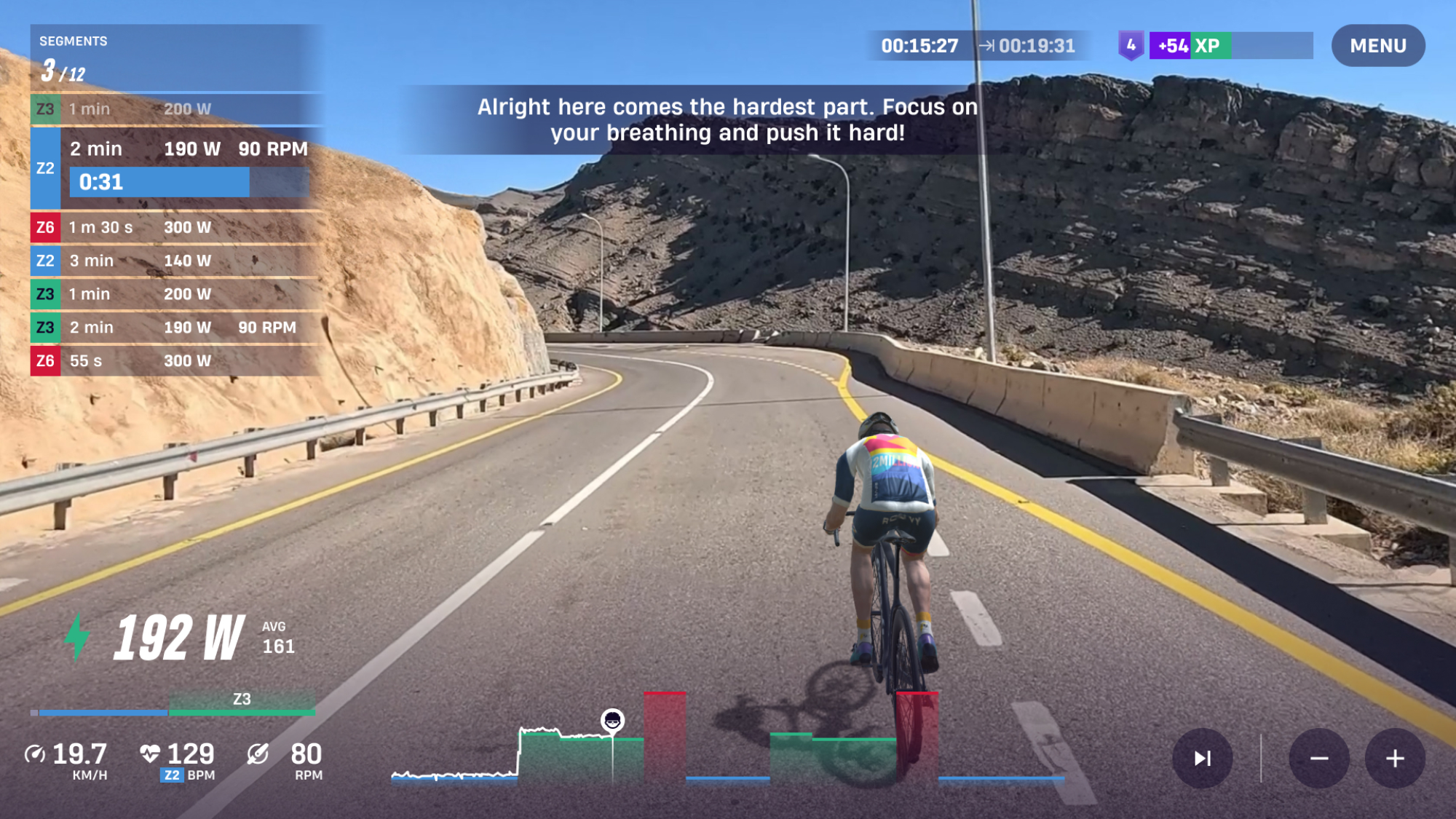 ROUVY's augmented reality Route Creator platform is now available to everyone
ROUVY's augmented reality Route Creator platform is now available to everyoneRoute Creator allows you to map out your home roads using a camera, and then ride them from your living room
By Joe Baker